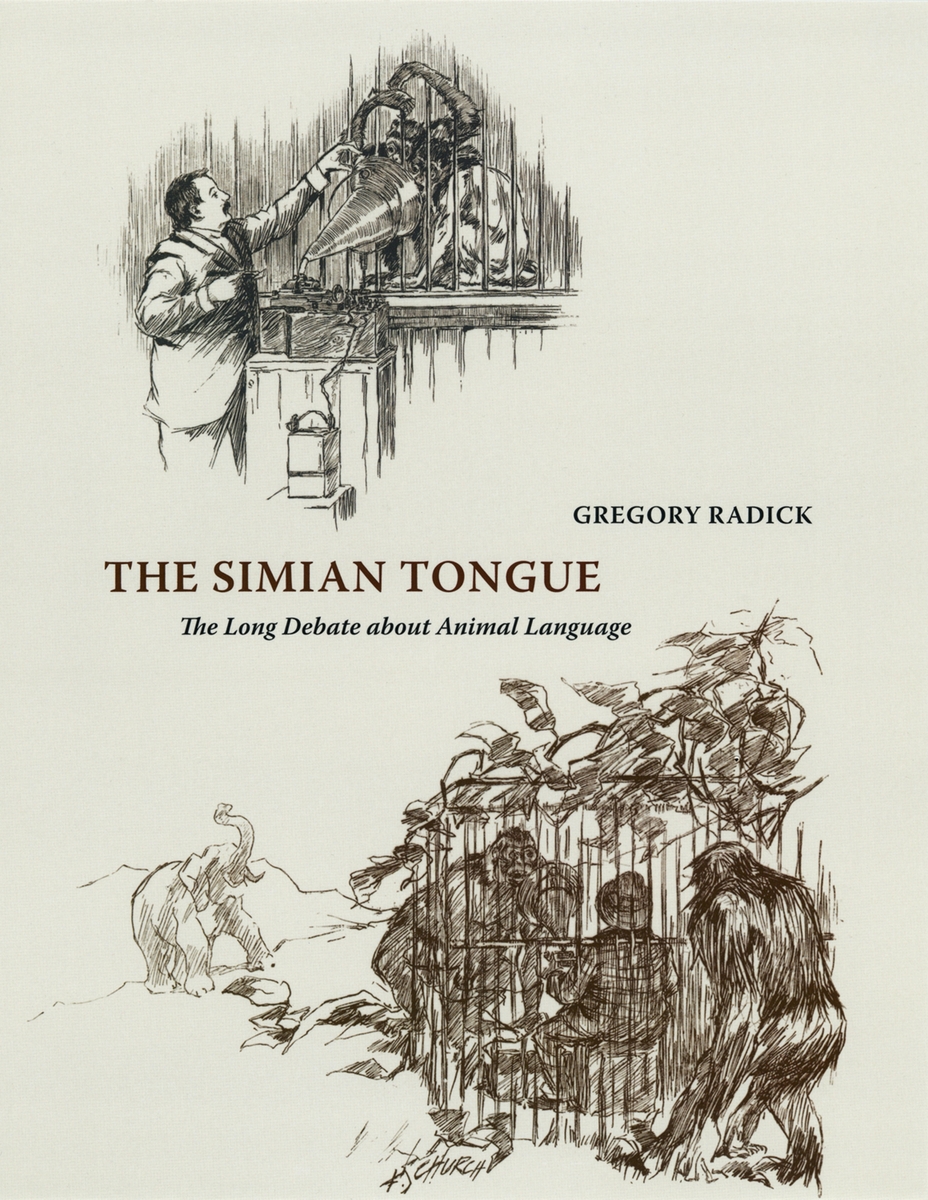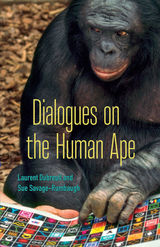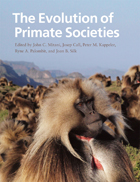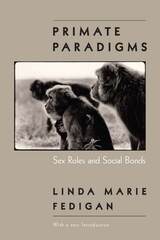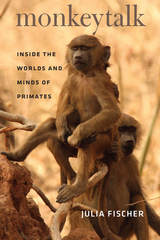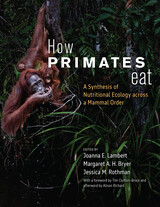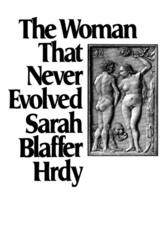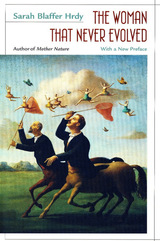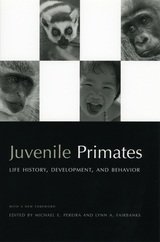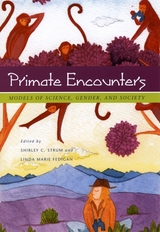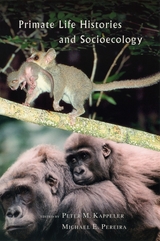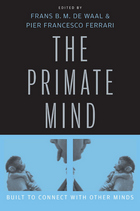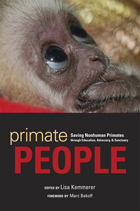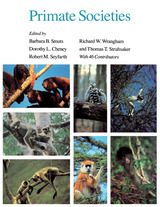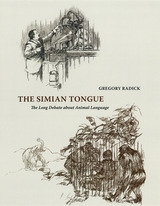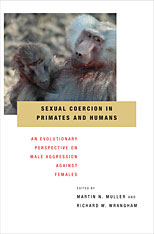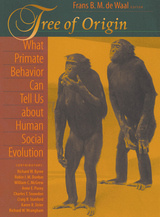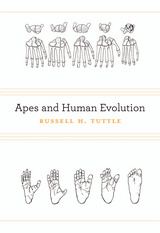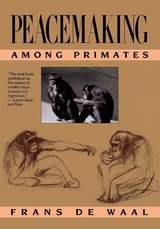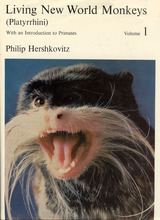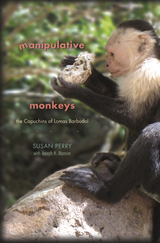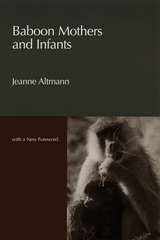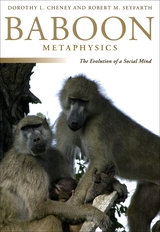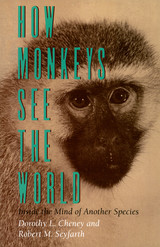The Simian Tongue: The Long Debate about Animal Language
University of Chicago Press, 2007
eISBN: 978-0-226-83594-5 | Cloth: 978-0-226-70224-7
Library of Congress Classification QL737.P9R25 2007
Dewey Decimal Classification 156.36
eISBN: 978-0-226-83594-5 | Cloth: 978-0-226-70224-7
Library of Congress Classification QL737.P9R25 2007
Dewey Decimal Classification 156.36
ABOUT THIS BOOK | AUTHOR BIOGRAPHY | REVIEWS | TOC | REQUEST ACCESSIBLE FILE
ABOUT THIS BOOK
In the early 1890s the theory of evolution gained an unexpected ally: the Edison phonograph. An amateur scientist used the new machine—one of the technological wonders of the age—to record monkey calls, play them back to the monkeys, and watch their reactions. From these soon-famous experiments he judged that he had discovered “the simian tongue,” made up of words he was beginning to translate, and containing the rudiments from which human language evolved. Yet for most of the next century, the simian tongue and the means for its study existed at the scientific periphery. Both returned to great acclaim only in the early 1980s, after a team of ethologists announced that experimental playback showed certain African monkeys to have rudimentarily meaningful calls.
Drawing on newly discovered archival sources and interviews with key scientists, Gregory Radick here reconstructs the remarkable trajectory of a technique invented and reinvented to listen in on primate communication. Richly documented and powerfully argued, The Simian Tongue charts the scientific controversies over the evolution of language from Darwin’s day to our own, resurrecting the forgotten debts of psychology, anthropology, and other behavioral sciences to the Victorian debate about the animal roots of human language.
See other books on: Animal communication | Human evolution | Language and languages | Origin | Primates
See other titles from University of Chicago Press
